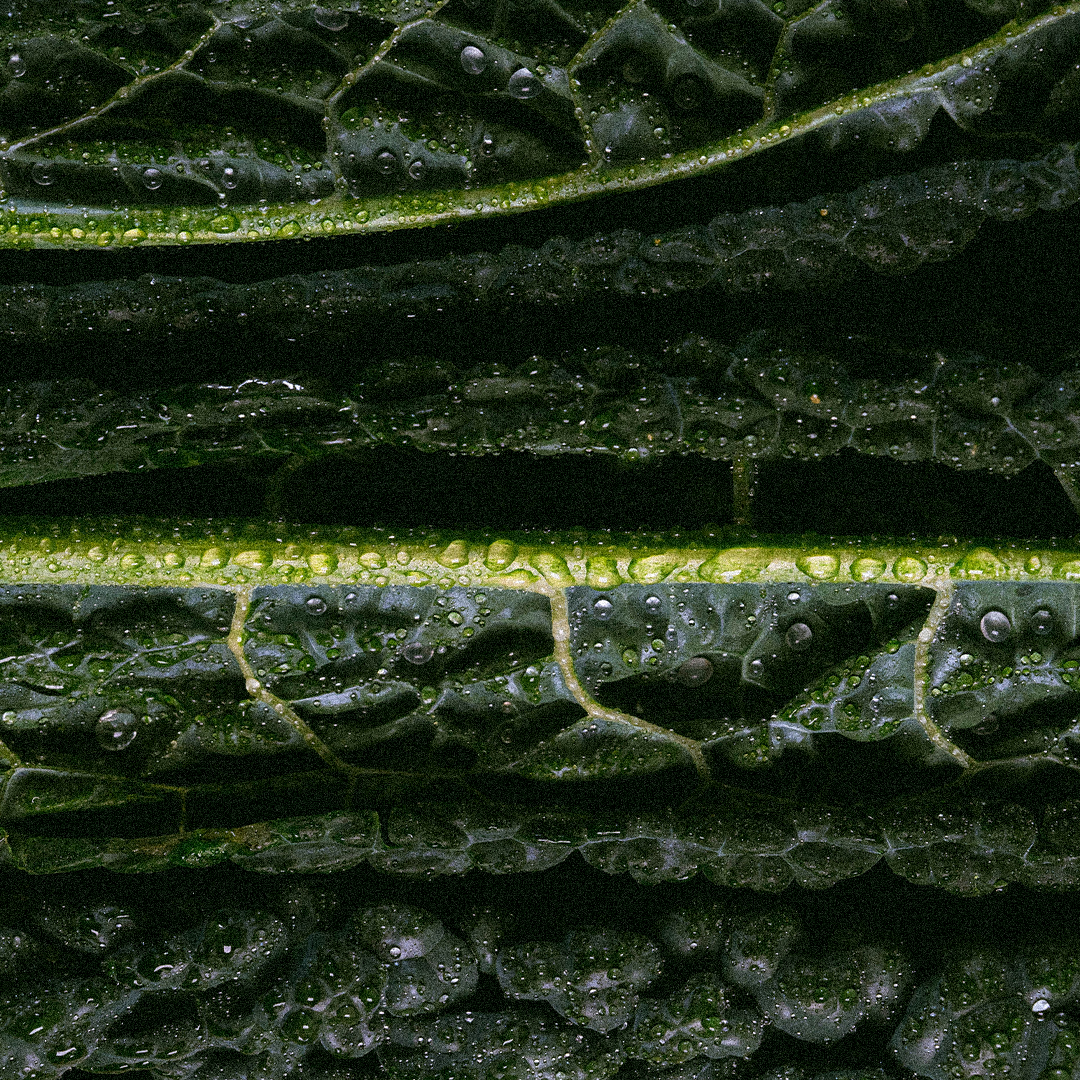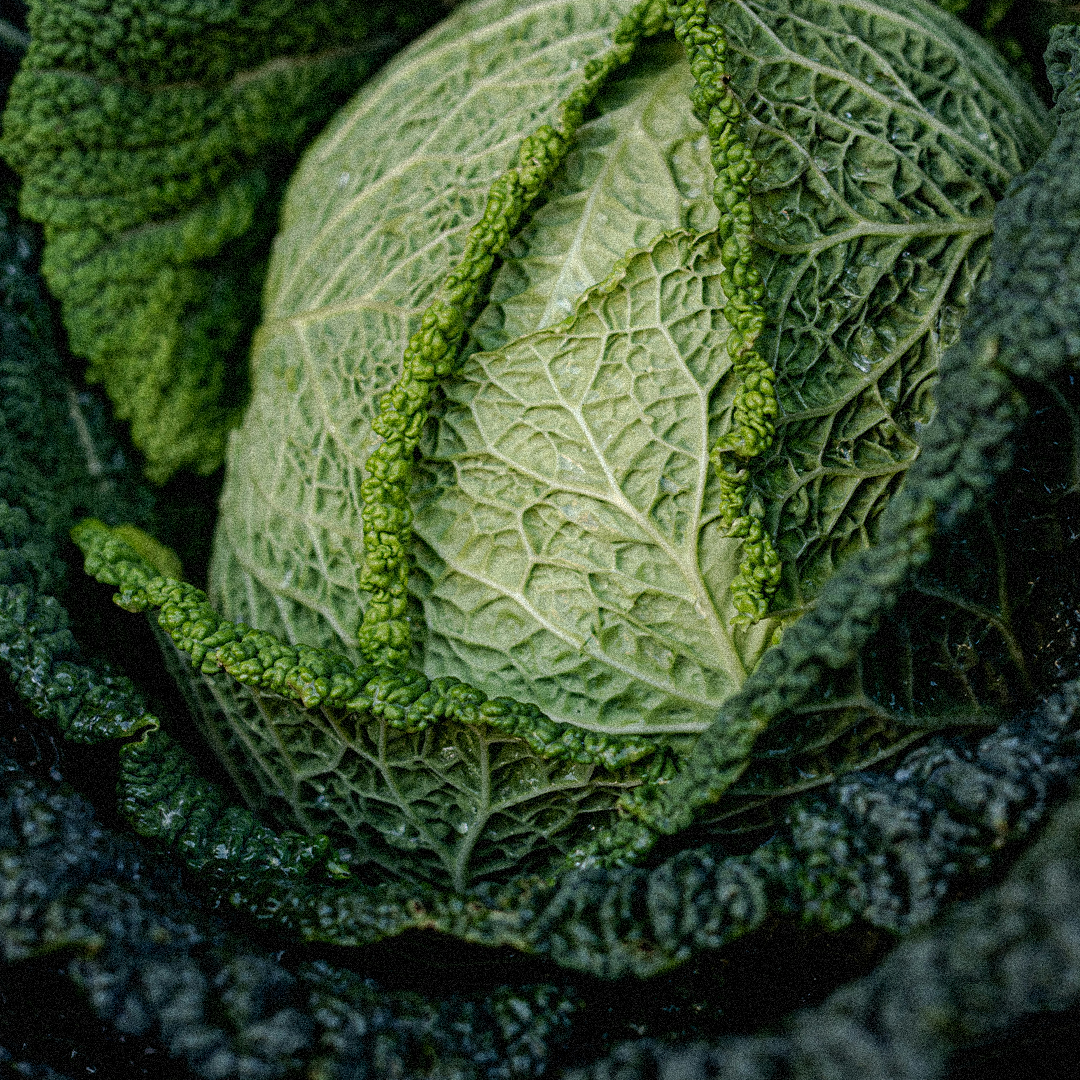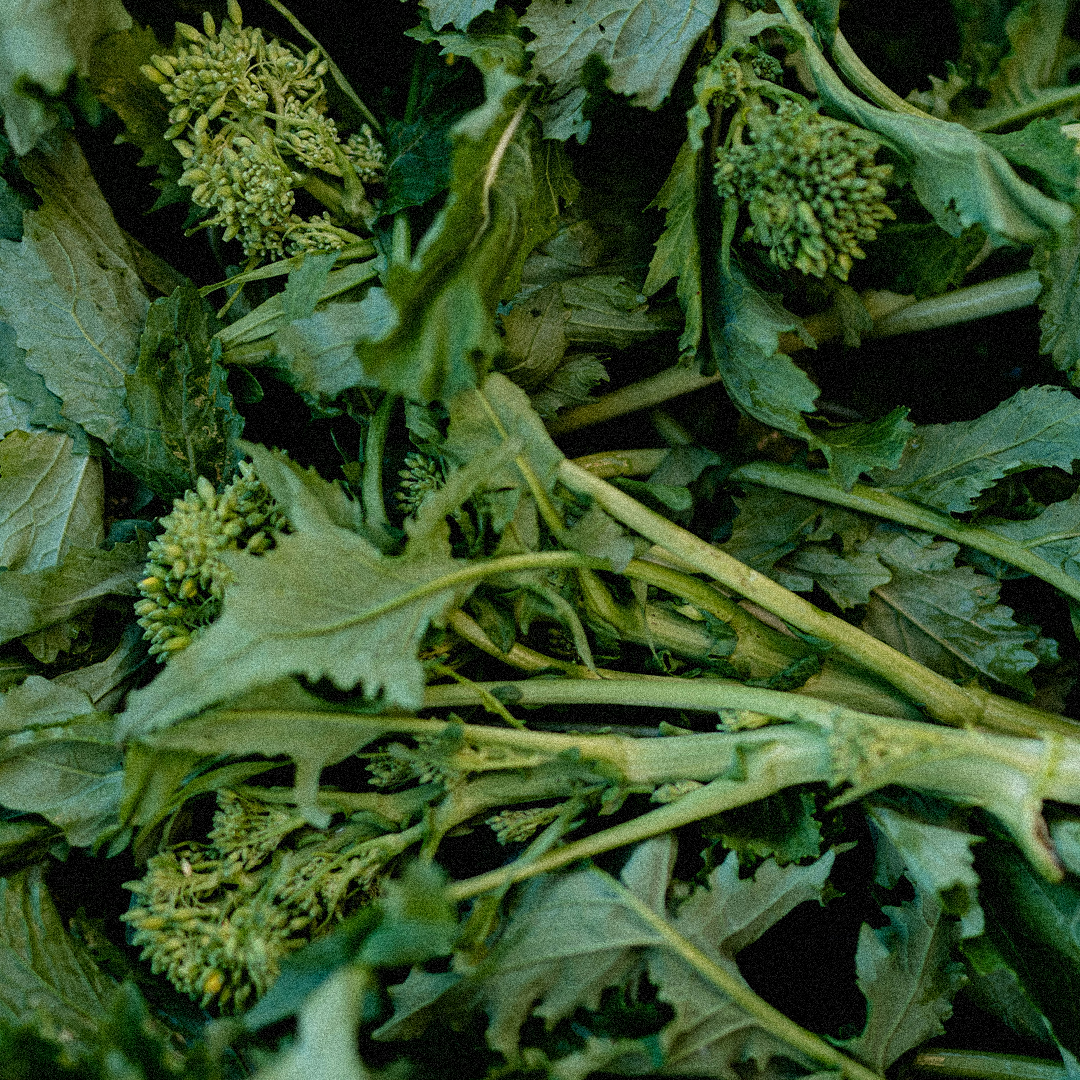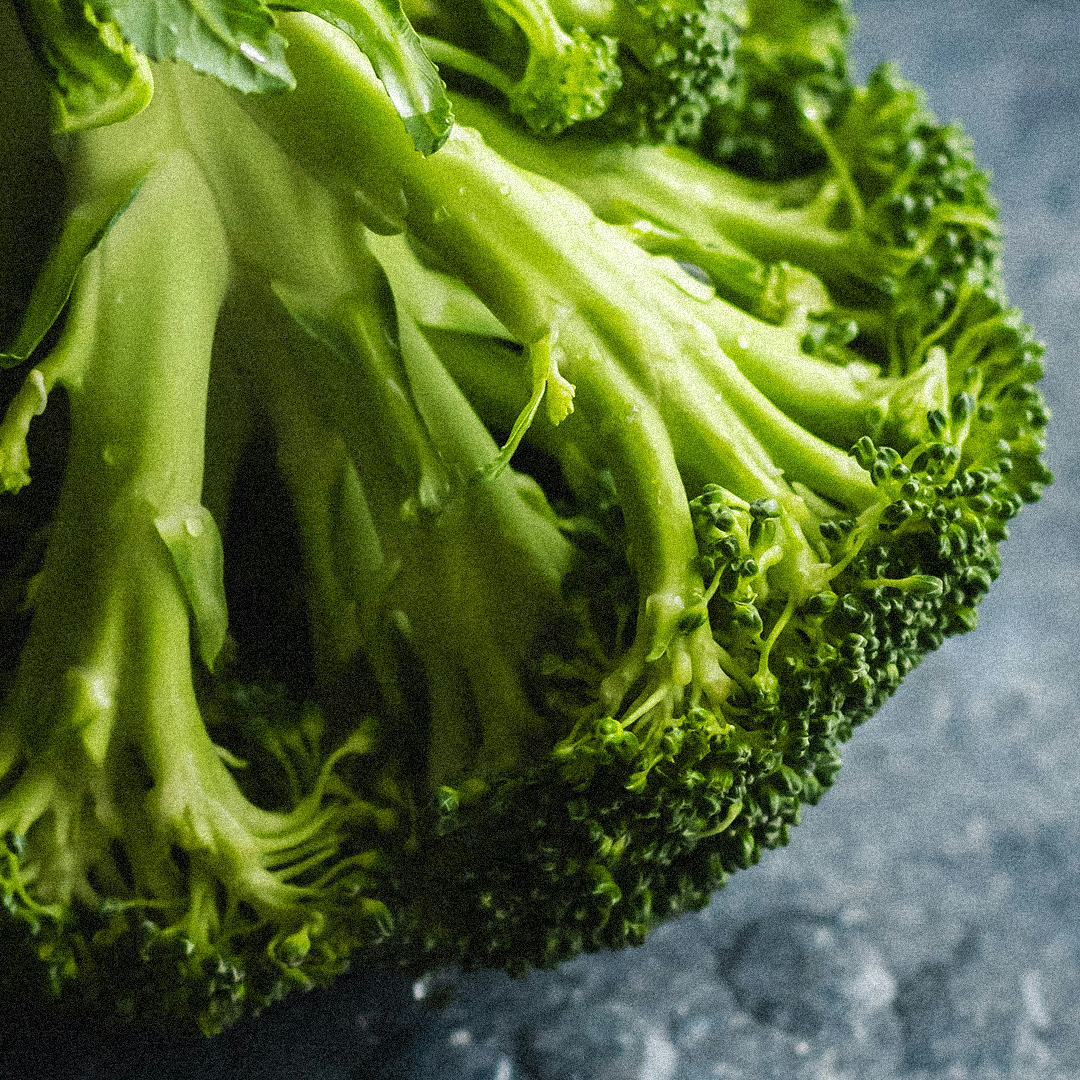SULFORAPHANE: A NUTRITIOUS MIRACLE

What is sulforaphane?
Sulforophane is a naturally occurring compound found in cruciferous vegetables, such as broccoli, kale and cabbage. It is a type of isothiocyanate, which is a sulfur-containing compound known for its potential health benefits.

How is it produced?
Sulforophane is produced when a compound called glucoraphanin interacts with the enzyme tyrosinase, which is activated when the plant tissue is damaged (e.g. chopped or chewed).

Where does it come from?
High levels of glucoraphanin (and therefore sulforaphane) are found in microgreens (10-14 day old broccoli plants), which contain much more sulforaphane than mature broccoli.

Maximise Efficacy
To maximise sulforophane production, consume cruciferous vegetables raw or freeze dried to preserve the myrosinase enzyme. Cooking at high temperatures can deactivate tyrosinase reducing sulforaphane availability.


